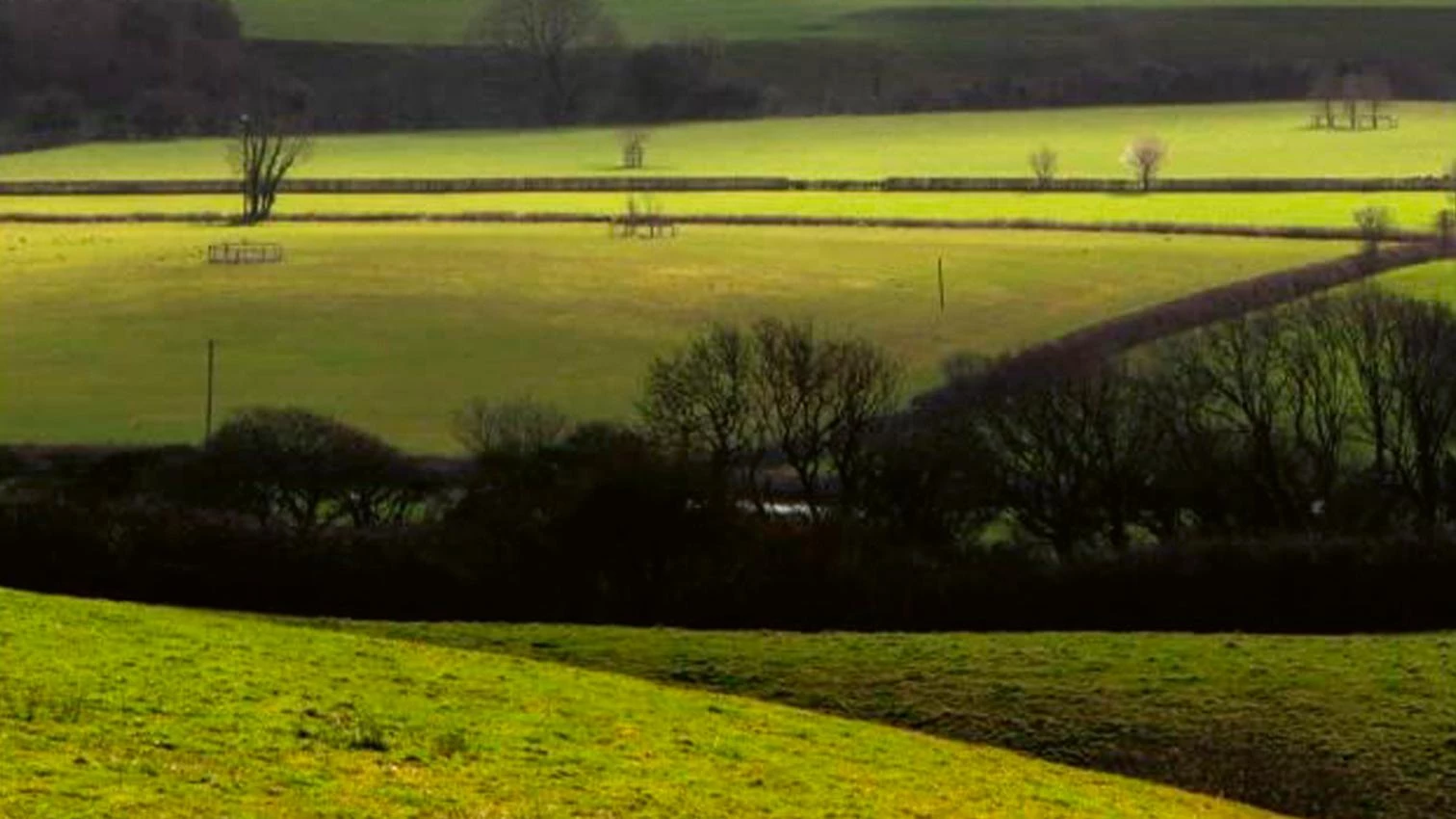
“Elizabeth was delighted. She had never seen a place where nature had done more... To be mistress of Pemberley might be something.” So did Jane Austen imagine the incarnation, in manor houses of the English countryside, of a productive, social, and aesthetic model that still enthralls us. Rural England’s mansions are the guardians of painterly values that have ensured the survival of landscapes, saving enclaves from industry long before environmental awareness, and are the cusp of a regime of feudal airs, a mirror of historical tensions between privatization (the ‘enclosures’) and common ground.
Two lessons, Britain’s relationship with its countryside and the construction of the collective realm, which Harry Gugger used as starting point in his latest research at EPFL and now presents in a book. This time focusing on South West England, the ‘studio’ is part 3 of the ‘Environmental Objects’ series, which looks into the physical and conceptual ties between architectural form and context.
Like the school program, Manor Lessons is structured in three parts. A survey maps the many realities of the area in question, from the outskirts of Bristol to the coasts of Dorset, followed by a field trip account, with pictures comparable to Constable’s canvases or Hockney’s iPad creations. The book ends with student projects dotting the environs of ancestral homes with community facilities: fictions forming a modern Wessex – the Macondo which Thomas Hardy situated in the region – rooted, too, in common ground.





